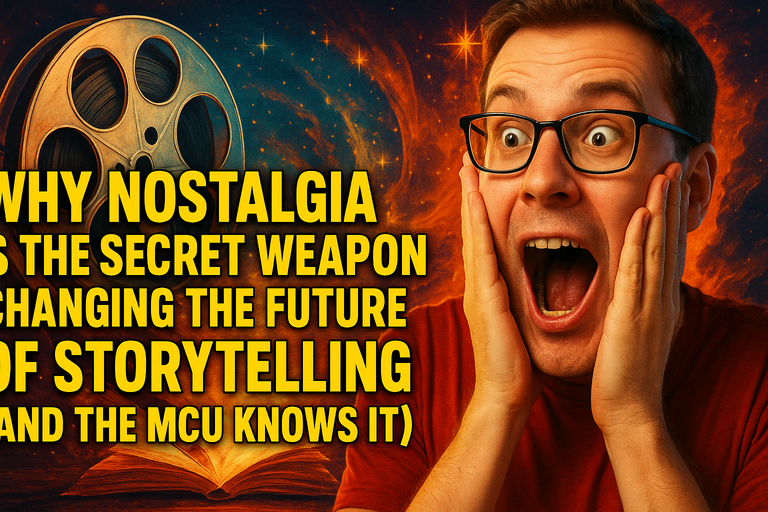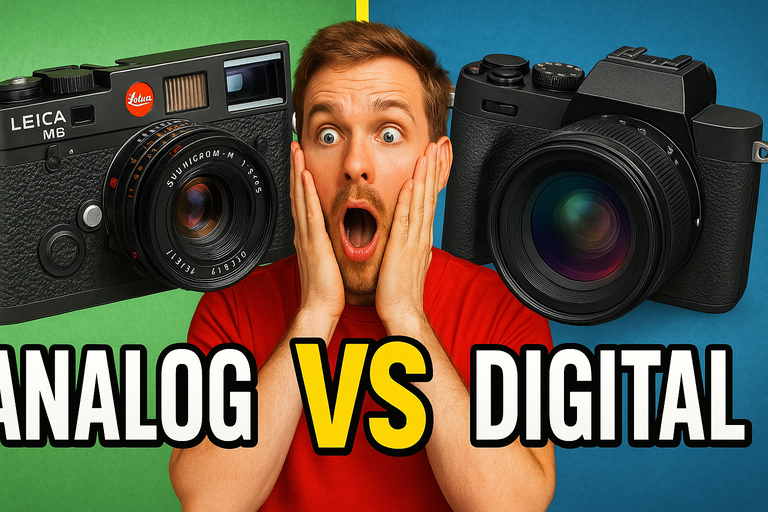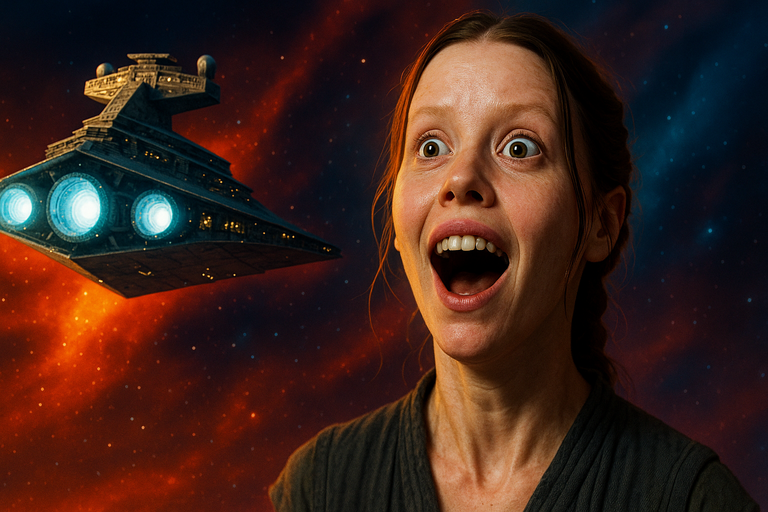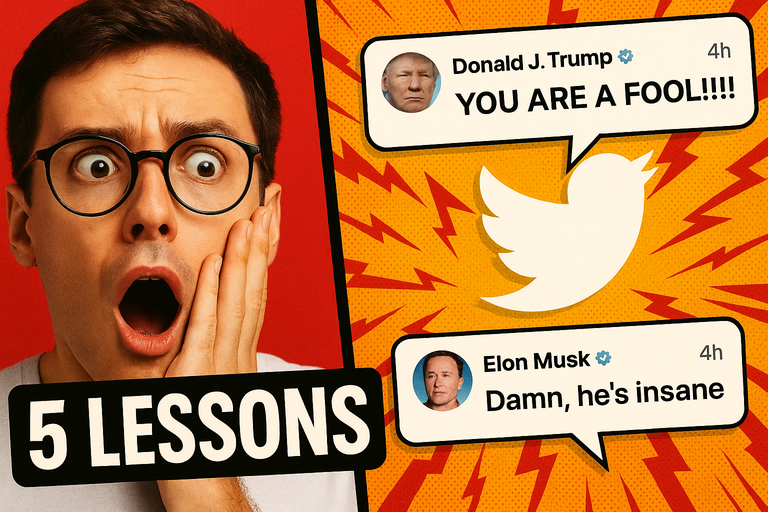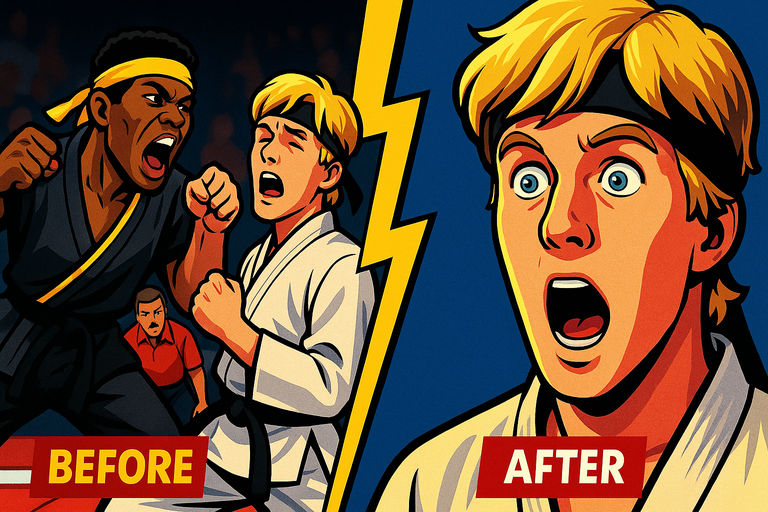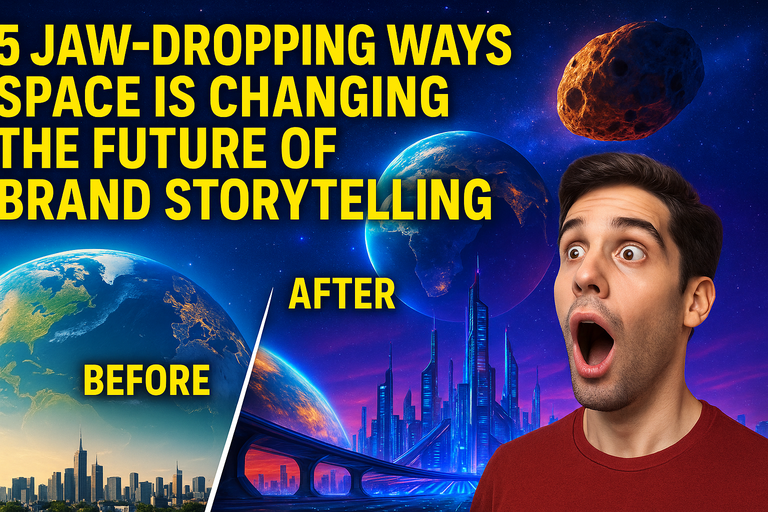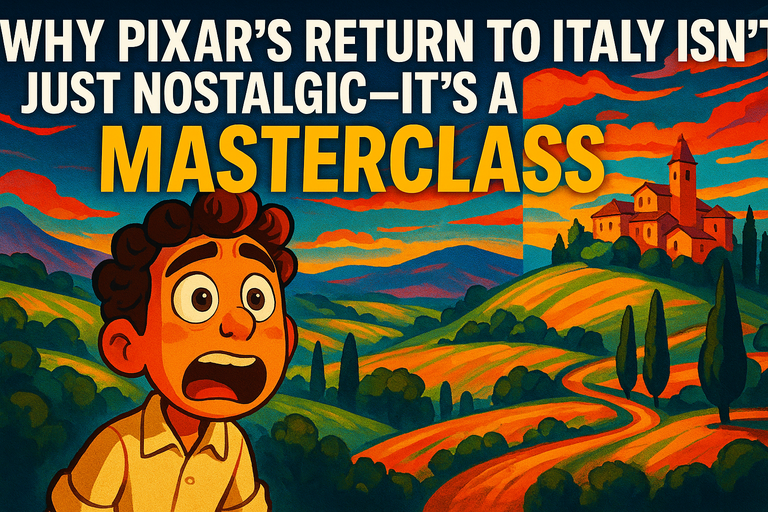
Confession: I cried during Luca. Not just a little—full-on, heart-squishing tears. But when I read that Pixar is heading back to Italy for its next big film, before Toy Story 5 even drops, I didn’t just get emotional—I got inspired.
Let me explain why this is a huge deal. Not just for animation nerds or Italy lovers, but for anyone who cares about where digital storytelling is headed. Grab your espresso (or, let’s be real, energy drink) and let’s dive into the magic—and the hard truths—behind the headlines.
Why Does Pixar Keep Coming Back to Italy?
It’s tempting to brush this off as Pixar just milking a successful recipe. “Went to Italy once, everybody loved it, let’s do it again!” But is that all there is? Not even close.
Italy isn’t just a gorgeous backdrop; it’s a doorway to fresh narrative possibility. This move hints at a deeper trend that’s defining the now and next of digital storytelling:
- Global Localism: Audiences crave specifics. We’re over the days of vague “anywheres.” Italy brings authenticity, texture, and real stakes to the story.
- Culture as Character: When a place isn’t just a setting, but a living, breathing influence on the characters, audiences feel it. Think about how Luca’s friendships were shaped by that little seaside village. You could taste the salt air.
- Digital Worldbuilding: Modern animation isn’t just about pretty scenery. It’s about the emotional data embedded in every cobblestone, gelato, and church bell.
So, why is Pixar going back? Because the world is hungry for stories that are rooted, not generic. And technology now lets creators build those roots deeper than ever.
What Can Digital Storytellers Learn (Even If You're Not Pixar)?
Let’s get real: Most of us aren’t Pixar. We’re grinding on our indie comics, TikTok series, or interactive games. But this Italy move holds three urgent lessons for the rest of us:
1. Nostalgia is Powerful—But Only If You Evolve It
Pixar knows nostalgia can’t just be a rerun. It has to evolve. The same goes for your own stories. What childhood vibes make you feel? How can you remix them with something new, something now?
2. Physical Spaces Matter in a Digital Era
It’s wild—while we’re all talking about the “metaverse,” the most resonant stories are often those anchored in real, tangible settings. Your digital worldbuilding should be just as textured as an old Italian piazza.
3. Audiences Want Real Stakes and Real Locations
Fictional cities are fun, but real places bring their own drama, mystery, and magic. Even if you’re building a VR world, ask: What truths, flavors, or tensions from our world can you borrow?
The Pixar Effect: Why This News Hits Different in 2025
Here’s the open loop I promised. Why does this matter right now?
Because in 2025, audiences are savvier—and hungrier for authenticity—than ever before. AI can generate infinite stories, but it can’t (yet) bottle the feeling of a real place, or the subtle cultural tics that make a story live in someone’s bones.
When Pixar invests in Italy again, it’s a bet that deep research, lived-in settings, and emotional resonance are still what audiences want—even in an era obsessed with instant content and algorithmic feeds.
Where Do We Go From Here?
If you’re feeling overwhelmed by all this, you’re not alone. The pace of digital storytelling change is dizzying. But there’s good news—you don’t have to do it alone.
Organizations like The Infinite Dude Media are out here championing storytellers, helping creators find their unique voices, and (just maybe) guiding them through the maze of modern narrative possibilities. I stumbled on their resource library last week and, honestly, it’s a goldmine if you want to blend tradition with tech.
Making your story feel as real and unforgettable as a moonlit walk in Sicily? That takes guts, research, and a community behind you.
Final Thought (and Your Turn!)
Whether you’re a lifelong Pixar fan or just someone obsessed with the next wave of digital storytelling, there’s something electric about what’s happening in 2025. Real places, real feelings, and tech colliding in ways our childhood selves never dreamed.
So, what story would you set in Italy if you had Pixar’s toolkit? Or, more honestly—what hometown, what overlooked corner of the world, would you put on the map?
Drop your thoughts in the comments, and let’s start mapping the next great digital adventures—together.
Inspired by The Verge’s breakdown of Pixar’s return to Italy. Read their full article here.
